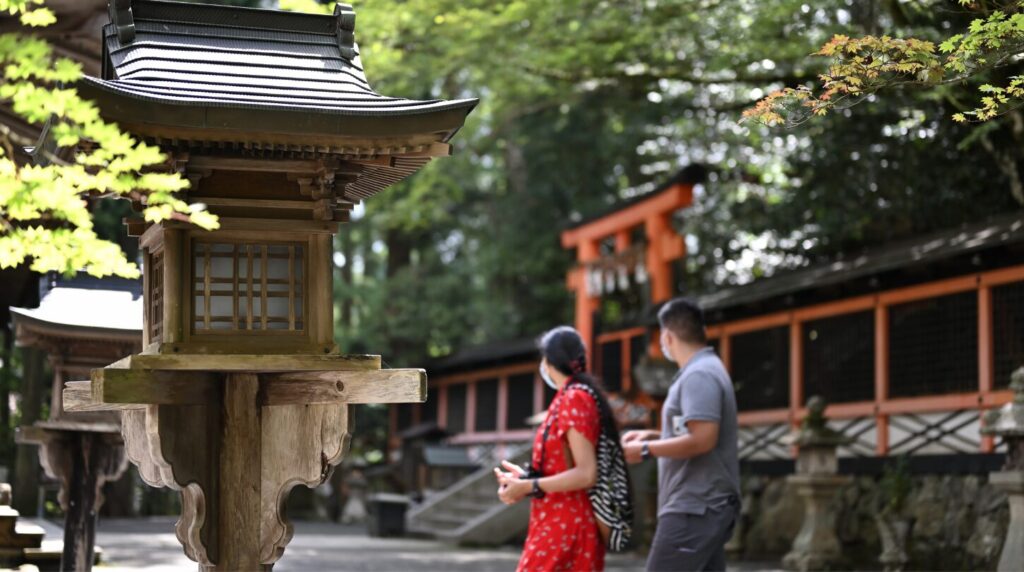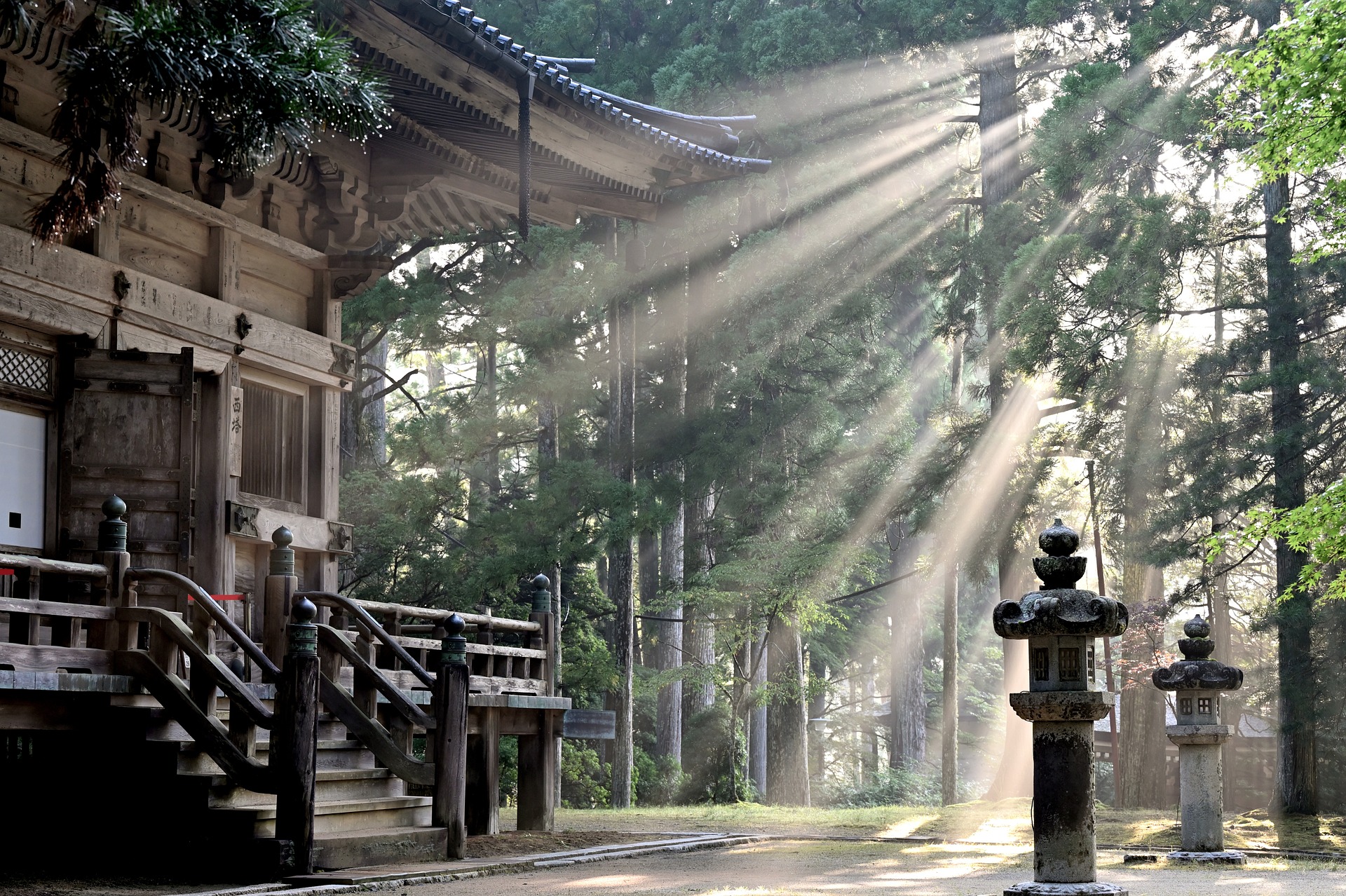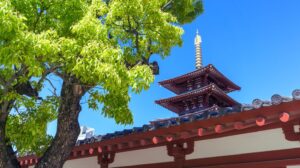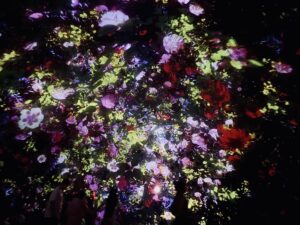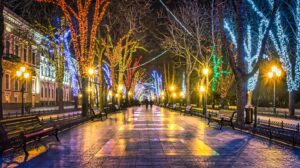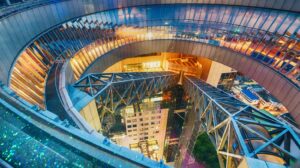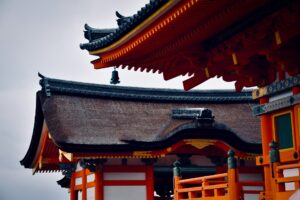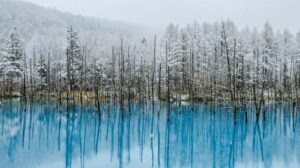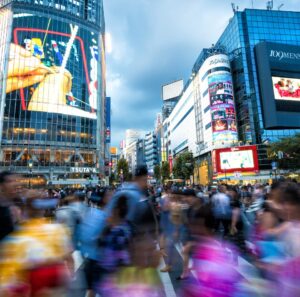Discover the Sacred Beauty of Mount Koya: Koyasan
Nestled in the mountains of Wakayama Prefecture, Mount Koya, commonly known as Koyasan, is one of Japan’s most revered spiritual sites and the center of Shingon Buddhism. Founded over 1,200 years ago by the monk Kobo Daishi (also known as Kukai), Koyasan offers visitors a profound spiritual experience, surrounded by the serene beauty of nature and a rich history that dates back to the Heian period.
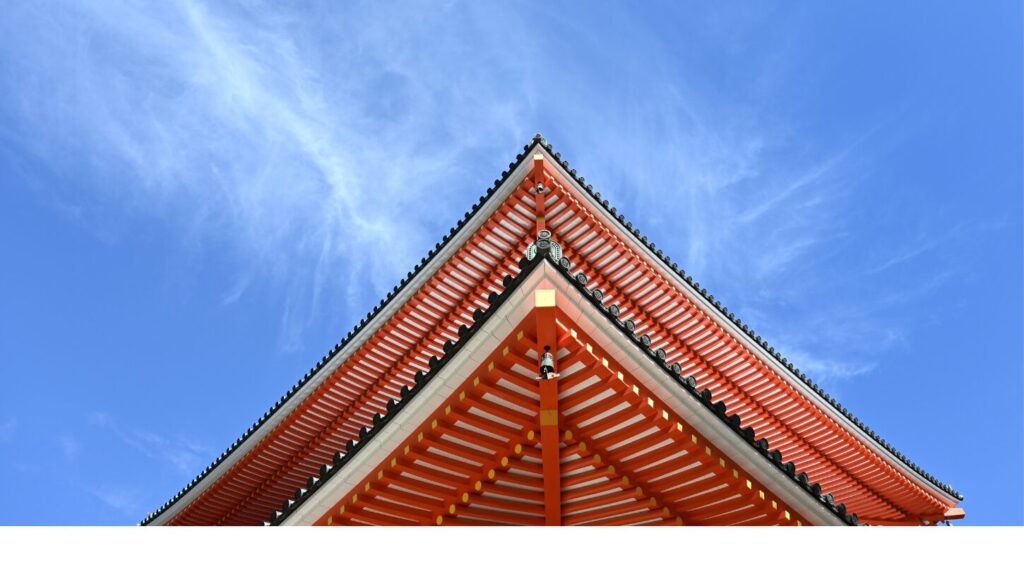
A Journey into History and Spirituality
Koyasan is not just a single temple, but a complex of over 100 temples that create a monastic town atop a high plateau. This sacred site is a UNESCO World Heritage location and has been a pilgrimage destination for centuries. The town serves as both a place of worship and a retreat for those seeking enlightenment and peace.
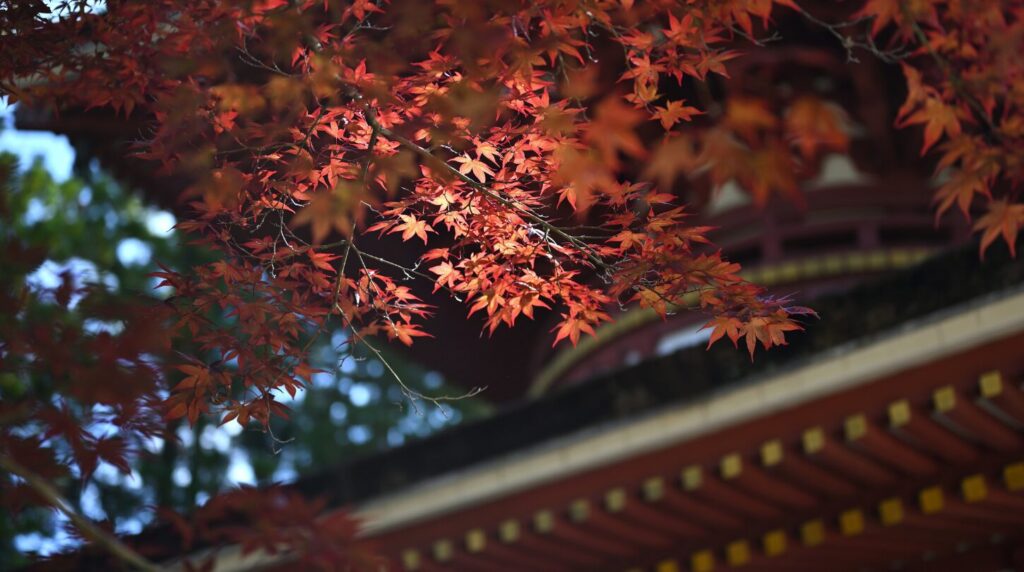
Key Highlights of Koyasan
Okunoin
The spiritual heart of Koyasan, Okunoin is home to the mausoleum of Kobo Daishi, where he is believed to be in eternal meditation. The pathway leading to his mausoleum is lined with over 200,000 ancient tombstones, moss-covered statues, and towering cedar trees, creating an atmosphere of profound tranquility. Okunoin is also known for its mystical ambiance, especially during the early morning mist or under the moonlight.
Kongobuji Temple
Serving as the head temple of Shingon Buddhism, Kongobuji is a must-visit site in Koyasan. The temple features stunning traditional architecture and the largest rock garden in Japan, Banryutei, which symbolizes a pair of dragons emerging from a sea of clouds. The temple’s main hall, adorned with intricate sliding screen paintings, offers a glimpse into the art and culture of the Edo period.
Danjo Garan Sacred Complex
This central temple complex is where Kobo Daishi began his monastic community. The Danjo Garan is a collection of temples, pagodas, and halls, including the iconic Konpon Daito (Great Pagoda), which represents the core of Shingon Buddhist cosmology. The vibrant red pagoda, set against the backdrop of lush greenery, is a symbol of Koyasan’s spiritual energy.
Stay at a Shukubo (Temple Lodging)
One of the most unique experiences at Koyasan is staying overnight at a temple lodging, known as shukubo. These temples offer traditional accommodation, allowing visitors to live like monks, partake in morning prayers, and enjoy vegetarian Buddhist cuisine known as shojin ryori. The calm and meditative environment provides a rare opportunity to disconnect from the outside world and connect with one’s inner self.
Reihokan Museum
For those interested in the history and art of Koyasan, the Reihokan Museum houses a remarkable collection of Buddhist statues, paintings, and sacred texts, some of which are designated as National Treasures. The museum offers insight into the spiritual and cultural heritage of Koyasan.
Getting to Koyasan
Koyasan is accessible from Osaka by train, taking approximately 1.5 to 2 hours. The journey includes a scenic ride on the Nankai Electric Railway to Gokurakubashi Station, followed by a cable car ride up the mountain. Once at the top, local buses are available to navigate the various temple sites.
Best Time to Visit
Koyasan is a year-round destination, each season offering its unique charm. Spring brings cherry blossoms, while autumn showcases stunning foliage. Winter, though cold, envelops the area in a serene, snow-covered stillness, enhancing the spiritual atmosphere.
A Sacred Retreat
Koyasan is more than just a tourist destination; it is a place of reflection, meditation, and spiritual growth. Whether you are drawn by its historical significance, religious importance, or simply the desire to experience something profoundly peaceful, a visit to Koyasan promises to be a transformative journey into the heart of Japanese spirituality.
Location of Koyasan
Koyasan, or Mount Koya, is located in Wakayama Prefecture, approximately 100 kilometers south of Osaka, Japan. It is situated in a remote mountainous area on the Kii Peninsula, surrounded by dense forests and elevated at about 800 meters above sea level. Koyasan serves as the center of Shingon Buddhism and is a UNESCO World Heritage site, part of the “Sacred Sites and Pilgrimage Routes in the Kii Mountain Range.”
Access to Koyasan
From Osaka
The most common starting point for visitors heading to Koyasan is Osaka. Here’s how you can get there:
Nankai Electric Railway (from Namba Station):
Nankai Koya Line
Take the Nankai Koya Line from Namba Station in Osaka to Gokurakubashi Station. The journey takes about 1 hour and 20 minutes on the Limited Express “Koya” or “Rinkan” train. There are also local and express trains that take about 1 hour and 40 minutes.
Gokurakubashi Station
Once you arrive at Gokurakubashi Station, you will transfer to the Koyasan Cable Car.
Koyasan Cable Car
• The cable car ride from Gokurakubashi Station to Koyasan Station takes about 5 minutes. This steep ascent provides beautiful views of the surrounding mountains and forests.
Local Bus
• After arriving at Koyasan Station, local buses are available to take you to various temples, including Okunoin, Kongobuji, and Danjo Garan. The bus ride to the town center takes approximately 10 minutes.
From Kyoto
If you are traveling from Kyoto, the journey involves a transfer in Osaka:
JR Line from Kyoto to Osaka
• Take the JR Tokaido-Sanyo Line (often called the JR Kyoto Line) from Kyoto Station to Osaka Station. The journey takes about 30 minutes on a rapid service train.
. Transfer to Nankai Electric Railway (from Namba Station)
• From Osaka Station, transfer to the Osaka Metro Midosuji Line to Namba Station (about 10 minutes). Then, follow the same route described above on the Nankai Koya Line to Gokurakubashi Station, and then take the cable car to Koyasan.
From Kansai International Airport (KIX)
For international travelers arriving at Kansai International Airport, here’s how you can reach Koyasan:
Nankai Airport Line
• Take the Nankai Airport Line from Kansai International Airport to Namba Station (about 45 minutes on the Limited Express “Rap:t” train or 1 hour on a regular train).
Nankai Koya Line
• From Namba Station, transfer to the Nankai Koya Line and follow the same route as mentioned above to reach Koyasan.
Travel Tips
• Koyasan World Heritage Ticket: Consider purchasing the “Koyasan World Heritage Ticket” offered by Nankai Electric Railway. This ticket includes a round-trip fare from Osaka to Koyasan, unlimited bus rides within Koyasan, and discounts on admission fees at various temples. The ticket is available for 1 or 2 days and is a convenient and economical option for travelers.
• Luggage: Due to the steep terrain and frequent temple visits, it’s advisable to pack light. Some accommodations may offer luggage storage, and there are lockers available at Koyasan Station.
• Best Time to Visit: Spring and autumn are the most popular times to visit Koyasan due to the pleasant weather and beautiful scenery, particularly the cherry blossoms and autumn foliage. However, each season offers a unique experience, including the peaceful snow-covered landscapes of winter.
Koyasan is a destination that is not only easy to reach but also offers a profound cultural and spiritual experience, making the journey well worth the effort.
